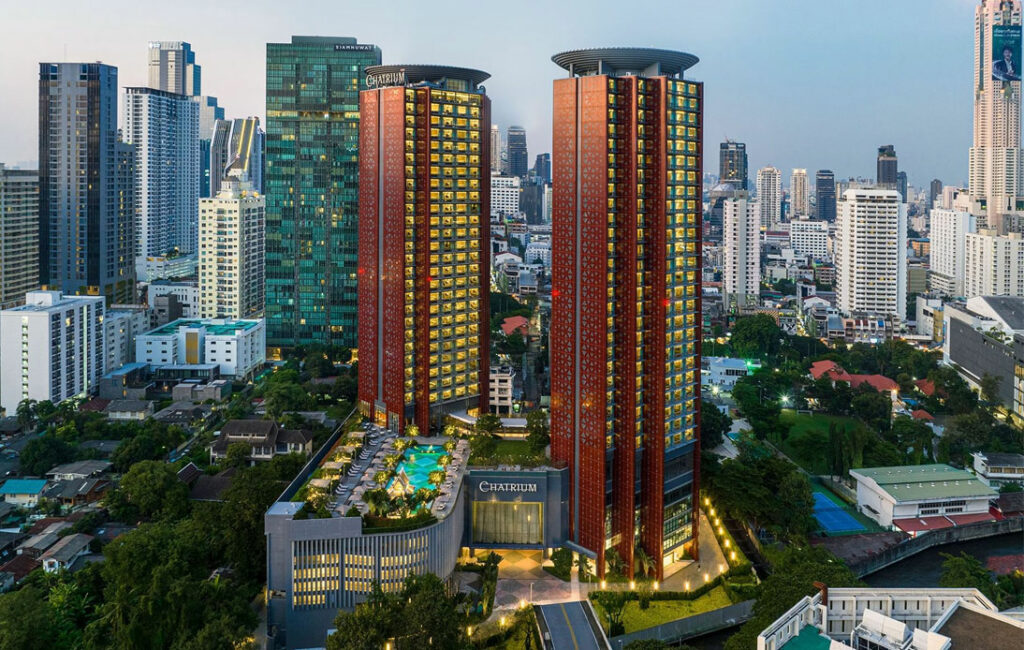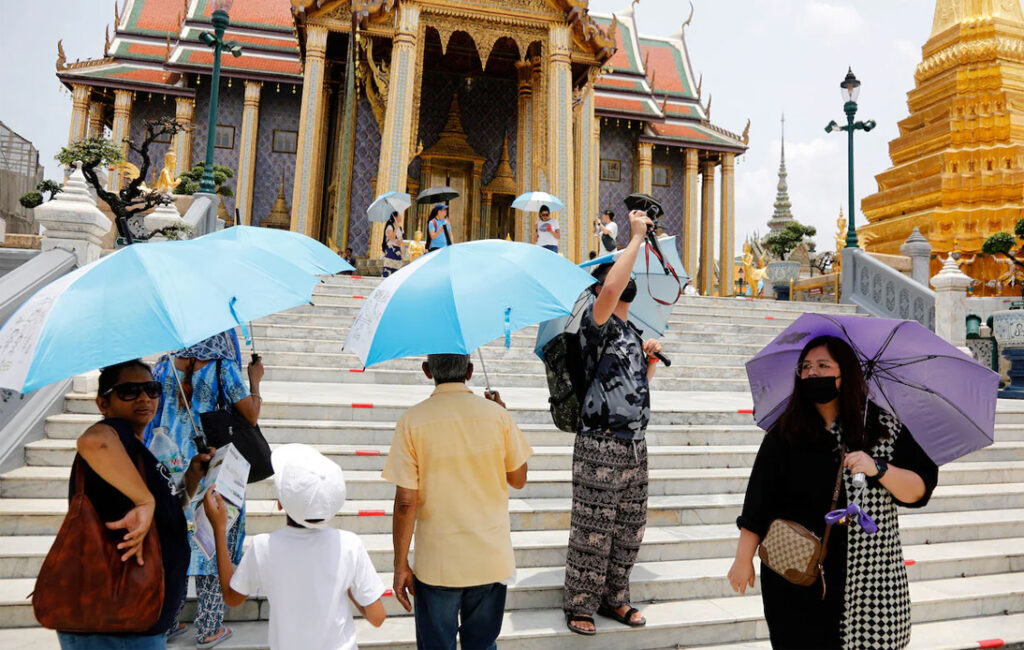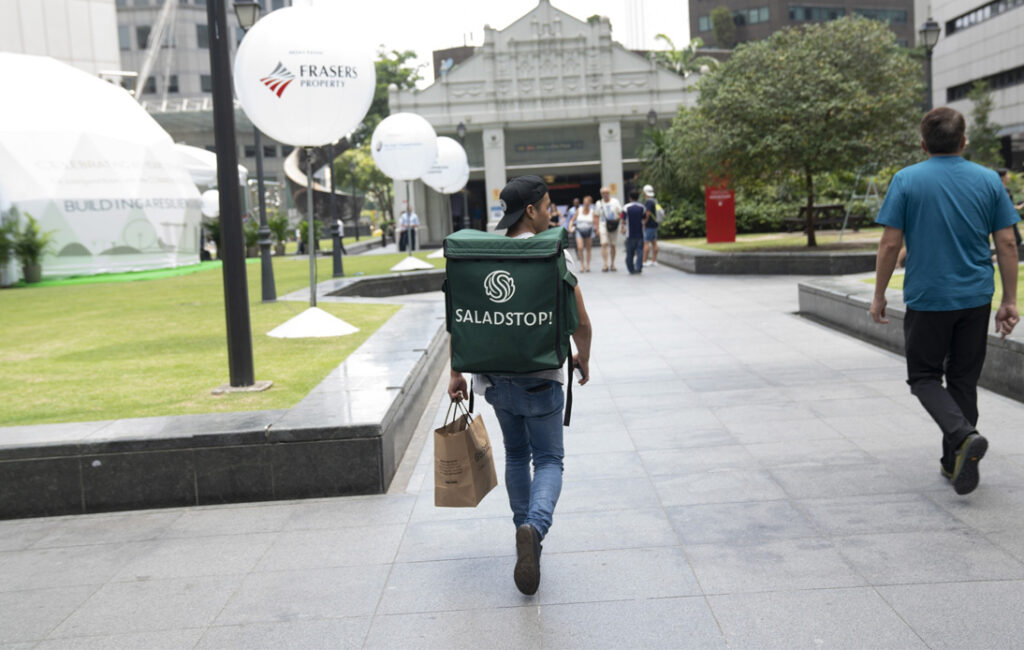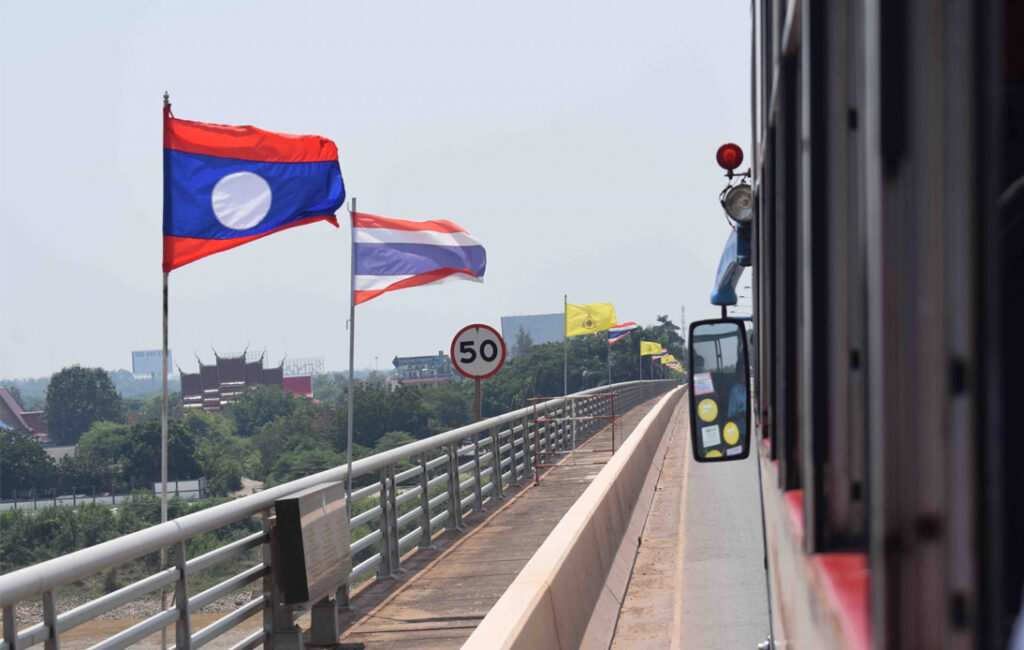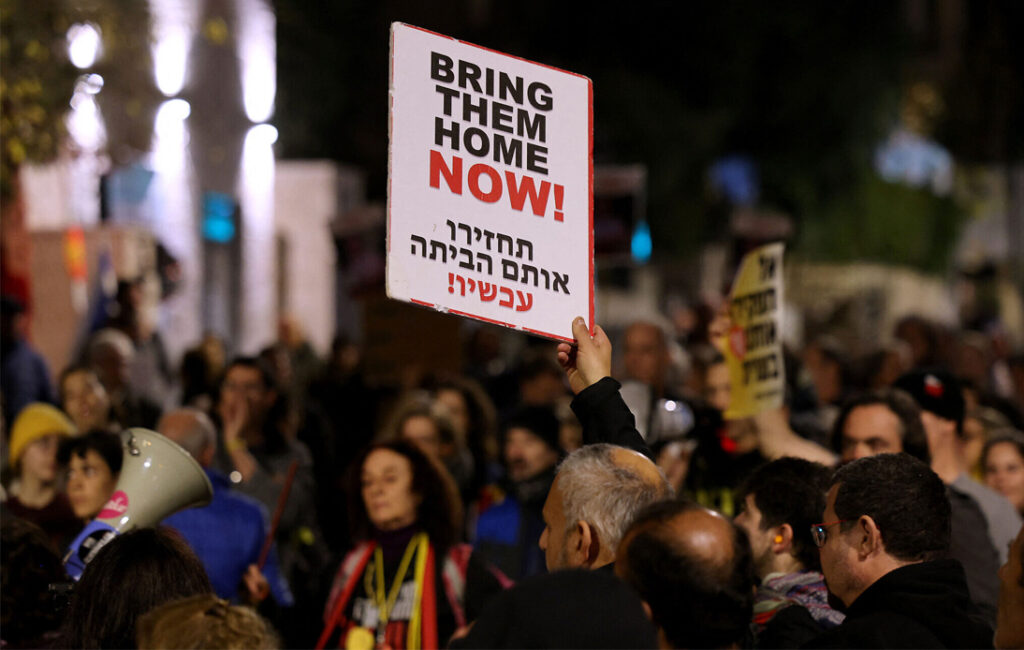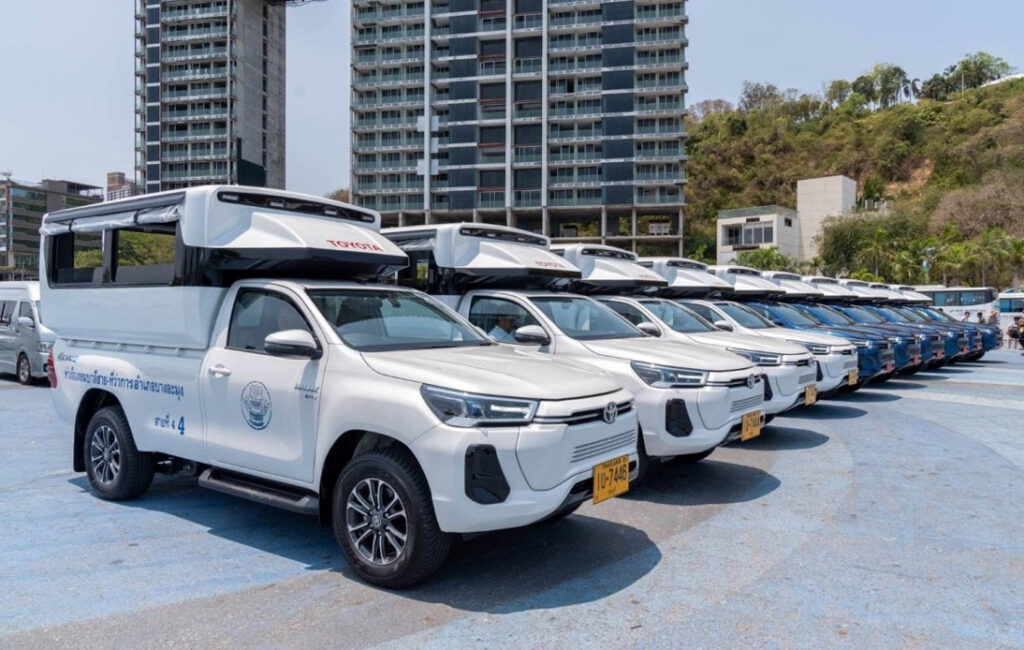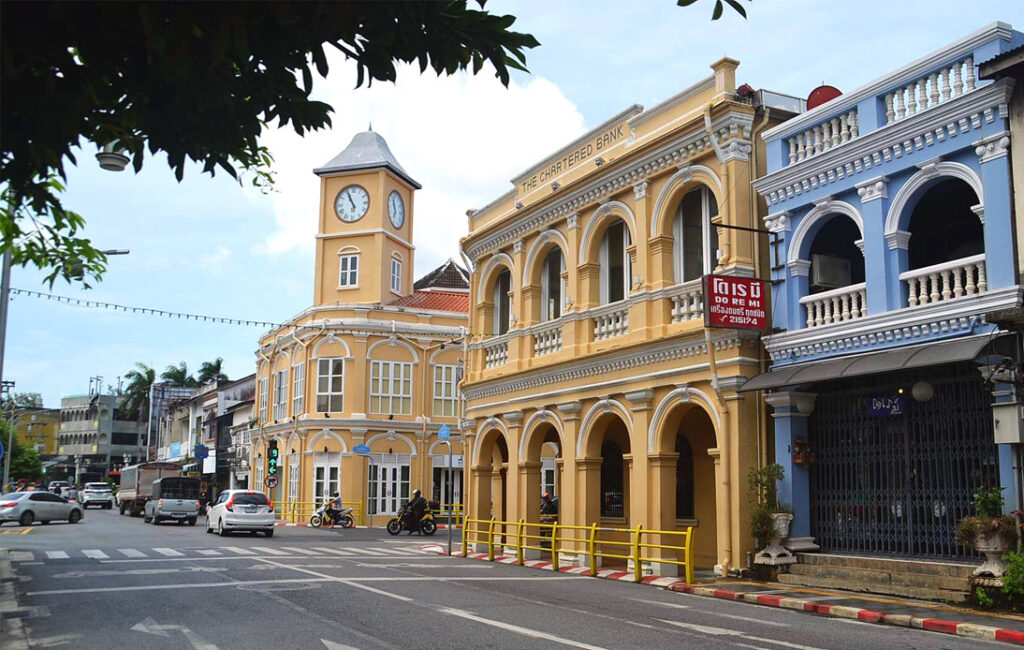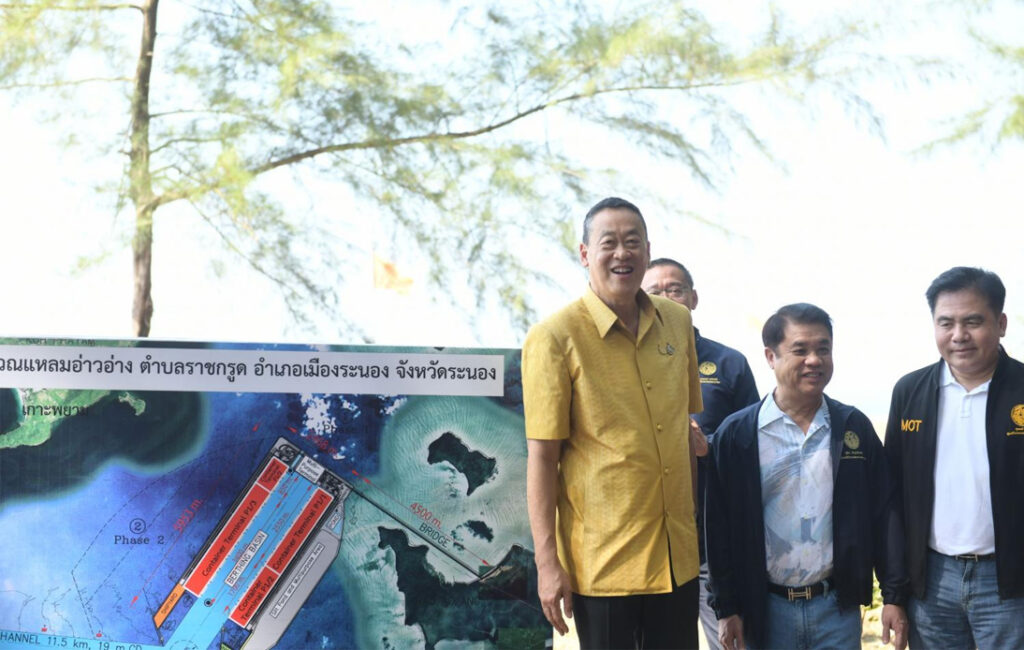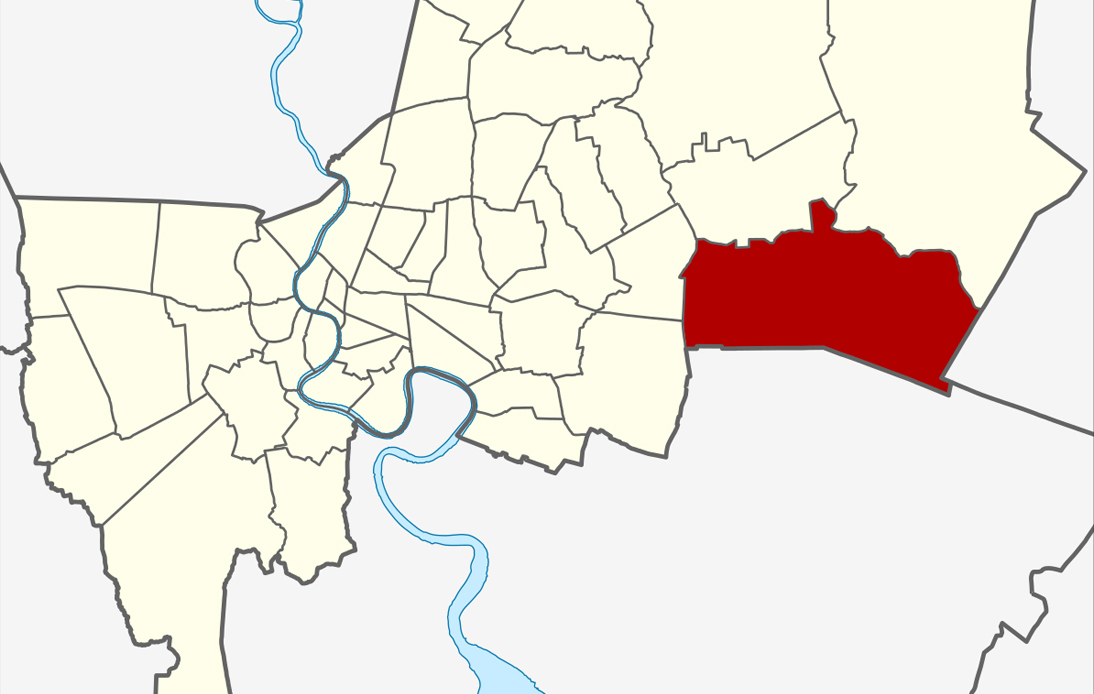
Under the leadership of Bangkok’s governor Chadchart Sittupunt, City Hall plans to build a satellite town to “de-urbanize” the capital.
However, there are still many questions about whether the satellite town could eventually become a populated and urbanized area, defeating the plan’s purpose of relieving congestion in Bangkok’s city center.
Mr. Chadchart has prioritized the plan, considering eastern areas like Rom Klao and Lat Krabang and the southern Bang Khunthian district as potential satellite clusters.
The plan to build a satellite city was the key point at a meeting chaired by the governor at the Bangkok Metropolitan Administration (BMA)’s Department of City Planning and Urban Development (DCPUD).
“We need to build an ideal city that will come to life through a plan designed to make it self-contained. This will lessen commuting to the city center. But it won’t be easy,” Mr. Chadchart said.
The governor stated that the satellite city project could be piloted on a wide expanse of state-owned land. He was referring to the National Housing Authority (NHA), as the agency owns hundreds of rai of vacant land.
However, the plan is doomed to failure if the satellite city only has residents, as it needs enough offices, public parks, public transportation systems, schools, and hospitals, Mr. Chadchart added.
The DCPUD will work on a self-contained city plan reflected in a new integrated project for Bangkok set to be implemented in two years.
The integrated plan for a renewed Bangkok addresses several issues, including overcrowding, traffic congestion, flooding, and lack of land for green spaces.
The project has been in the making for two years. It covers areas adjacent to Nonthaburi and Pathum Thani to the north, Chachoengsao to the east, the Gulf of Thailand coast to the south, and Samut Sakhon and Nakhon Pathom to the west.
The city plan has gone through three previous significant modifications in 1992, 1999, and 2013 due to sweeping changes in the physical, demographic, and socioeconomic environments.
However, it needs to be designed more thoroughly, Mr. Chadchart said, explaining that the main problem had to do with the dense population that had become overcrowded in many areas.
The state sector has also undertaken more infrastructure and mass transportation projects than anticipated, and large-scale residential and commercial buildings have sprung up.
At least 60 municipal ordinances related to the city plan will be updated, reformed, or repealed. Some parts of the integrated plan’s content are also under review in accordance with law amendments, the governor added.
Meanwhile, experts say the city’s plan formulation must involve other parties, as the authority scope for some related matters needed government support because it was beyond the BMA.
Some also say that the project should not be limited to Bangkok borders but should include other provinces.





